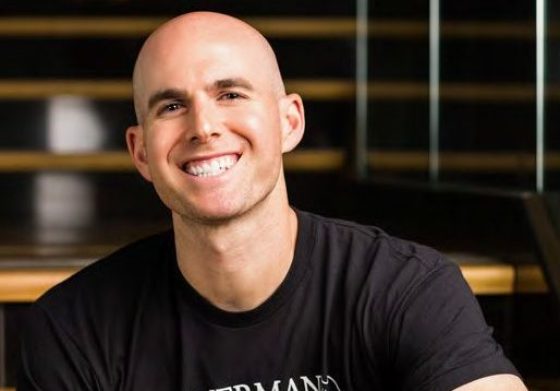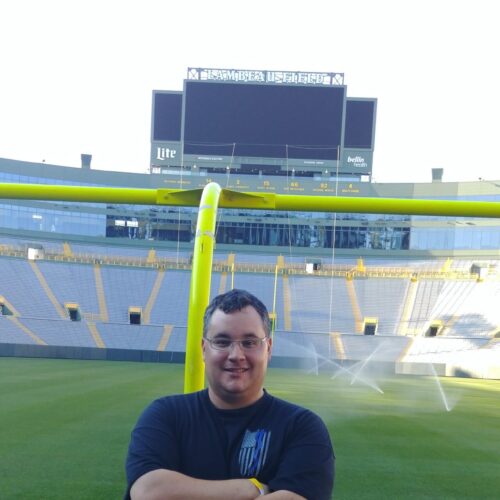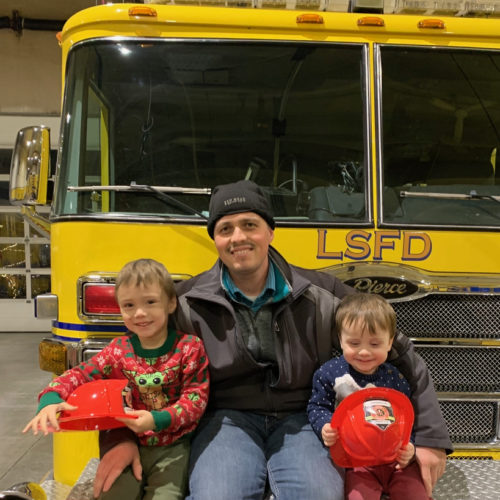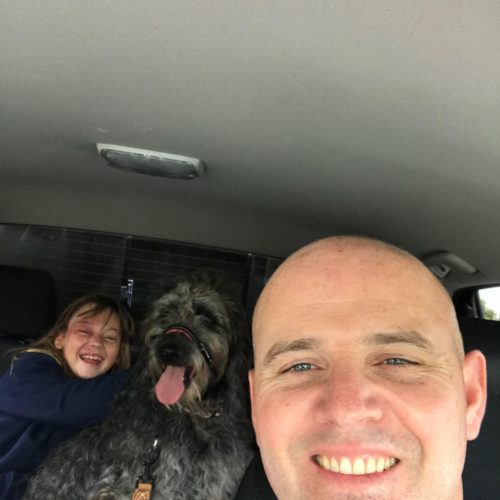
When I was 26 years old, I was diagnosed with testicular cancer. It seemed to totally come out of the blue. I hadn’t been to the doctor in three years but I thought I was feeling fine. That is until the day I had so much pain in my testicle that I could not stand up and was forced to rush to the hospital. I was diagnosed with epididymitis, but when the pain did not go away after two weeks I went to a specialist and learned I had testicular cancer.
Once the doctor diagnosed me, I noticed that one testicle was bigger and harder than the other, but I hadn’t known to look for that before. I had a hard time believing that a healthy 26-year-old had cancer, so I went to another doctor for a second opinion. He confirmed that I had cancer. The testicle was the epicenter of the disease. I went right into surgery. My left testicle was removed.
Although the surgery went well, my visits to the doctor did not stop there. It soon became clear that the cancer had spread (“metastasized”) from the testicle. The disease was making its way up my body.
“I wish I had known how to check for testicular cancer because I may have noticed the size and shape difference sooner and my treatment might have been easier.”
The form of testicular cancer I had was a “non-seminoma.” That means it was a mixture of many different types of cancer cells, as opposed to a “seminoma” tumor, which consists of only one type of cancer cell. Non-seminomas are more aggressive and spread much faster than their counterpart. My oncologist told me that the treatments might make me sterile. So, I went to a cryogenics laboratory to bank sperm. After that, it was time to start chemotherapy.
After all the treatment, I thought my fight was over. I slowly returned to the gym, started going out socially, and got back into life. Although I was happy to be alive, every day was a challenge. I did not have as much energy. I looked different. I struggled to find my post-cancer identity. Just as I was getting comfortable with myself, I learned the fight was not over.
Nearly one year after chemotherapy, a routine CT scan showed four tumors along my spine. Rather than risk cutting the spine, the surgeon went in through the stomach. He made an 11-inch incision, placed my organs to the side, and took out each tumor. The surgery lasted for four hours. It was successful and I was finally freed from the disease and began my road to recovery.
Honestly, I was lucky that I had so much pain in the beginning. Many people don’t experience the pain I had and go much longer before seeing a doctor. I wish I had known how to check for testicular cancer because I may have noticed the size and shape difference sooner and my treatment might have been easier.
Symptom
- pain in testicle






